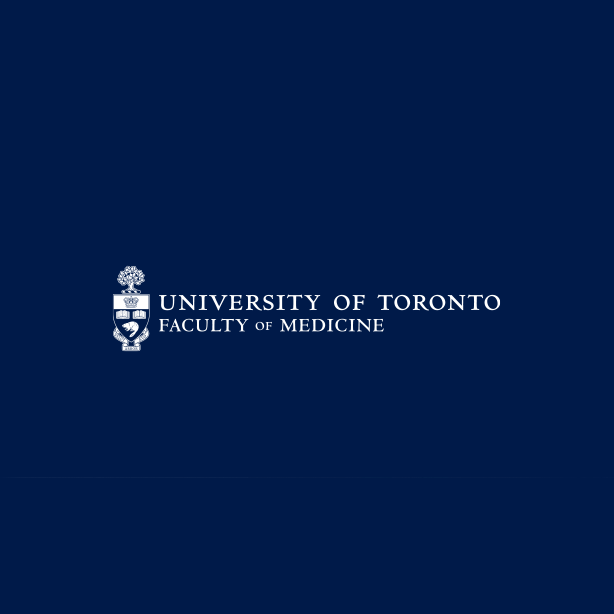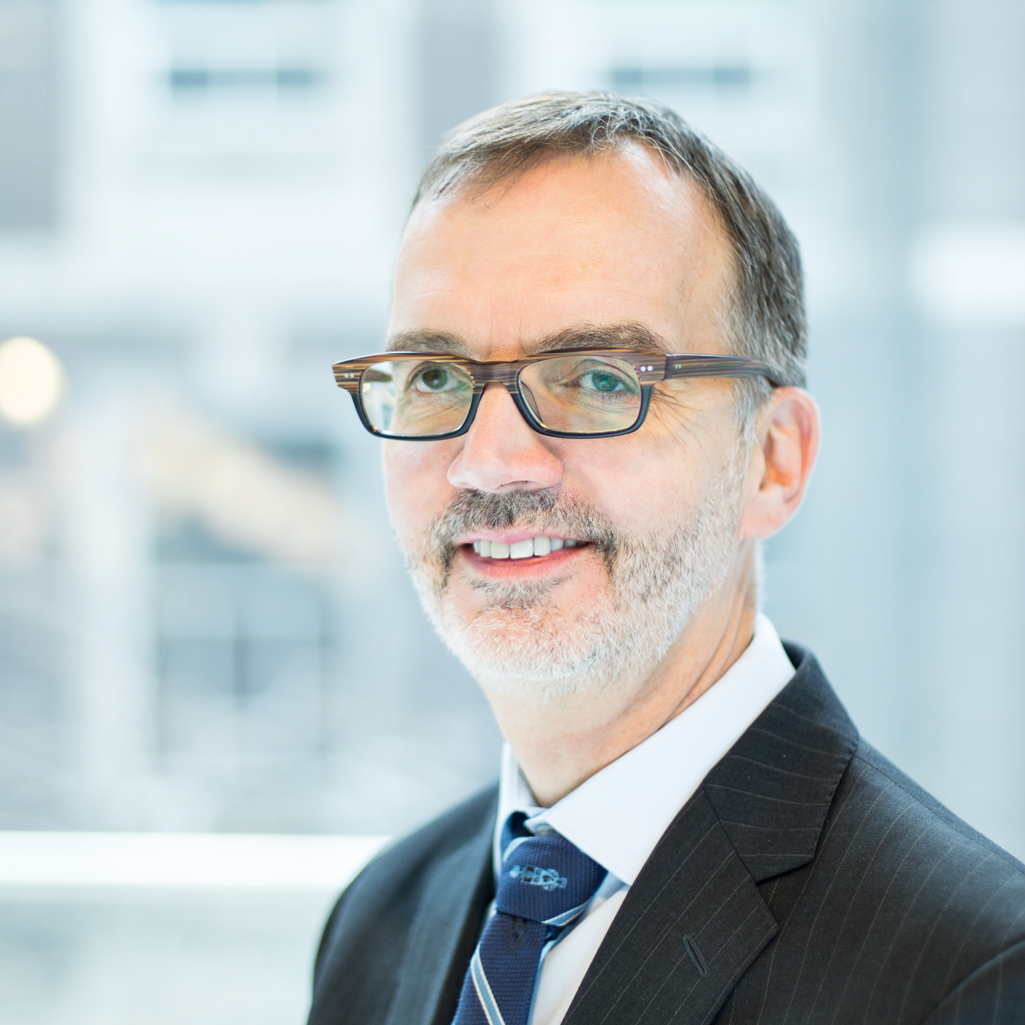Mobile Menu
- Education
- Research
-
Students
- High School Outreach
- Undergraduate & Beyond: Community of Support
- Current Students
- Faculty & Staff
- Alumni
- News & Events
- Giving
- About


Stop me if you’ve heard this one: A medical researcher, economist and poet walk into a meeting room. The result: a great idea for a new research program.
If you’re waiting for a punchline, there isn’t one.
This sort of thing is happening at U of T. The breadth of expertise across all three of our campuses attracts students and researchers from around the world. Inquiry and discovery are fueled by working with colleagues from different disciplines, leading to genuine transformation. By bringing together scholars from across the University, we get a broader understanding of both the challenges we tackle and the solutions that are possible.
In the Faculty of Medicine, there are many ways we do interdisciplinary research. The Institute of Biomaterials and Biomedical Engineering, for instance, brings together researchers from the Faculties of Applied Science and Engineering, Dentistry and Medicine to create one of the world’s leading hubs for biomedical engineering research and discovery. By combining laboratory science, design and clinical experience, IBBME is finding new ways to regenerate heart tissue as well as how to create a durable prosthetic leg for use in developing countries, to name just a few of their research achievements. As the U of T divisional lead in the Ted Rogers Centre for Heart Research, their reach will be furthered by collaborating with The Hospital for Sick Children and University Health Network.
The Donnelly Centre for Cellular and Biomolecular Research is another stellar example. It draws together researchers with expertise in biology, chemistry, engineering, genetics and computer science to tackle complex health challenges. Their work spans integrative biology, bioengineering, and functional imaging and modeling disease. This has produced results ranging from a $1,000 handheld device that can read your DNA to a new biotech company ready to deliver new therapies for cancer and fibrosis.
The quality of our education is also improved by involving other disciplines. The Health, Arts, & Humanities Program at U of T creates a better understanding of health and illness by fostering a community of scholars drawn from the arts, humanities and clinical sciences. It teaches concepts like narrative theory and reflective practice to train physicians to be better, patient-centred doctors. It illustrates how medicine is made better by engaging the arts and humanities, while ensuring we offer something in return.
We’re also stretching beyond the St. George campus to ensure U of T Medicine touches all parts of the Greater Toronto Area (GTA). The Mississauga Academy of Medicine is a bridge to our western campus, the University of Toronto Mississauga (UTM). Along with Trillium Health Partners, we have established a new nexus of medical education and practice engaging U of T Medicine, UTM and Trillium. There will be renewed opportunities to strengthen these bonds with the recent appointment of Dr. Alison Freeland as the new Vice President of Education at Trillium and Associate Dean, Medical Education (Regional) in our Faculty. To the east, together with the Leslie Dan Faculty of Pharmacy, we’ve partnered with The Scarborough Hospital to establish the Centre for Integrative Medicine, led by Professor Lynda Balneaves. This establishes a new focal point from which we can engage the eastern GTA, including the University of Toronto Scarborough.
These examples speak to the benefits of reaching beyond our Faculty, but they also showcase the potential that exists. With more than 13,000 faculty members across U of T and our broad reach across the Greater Toronto Area, there are surely more opportunities available to us that we have yet to realize. We can encourage more interactions that lead to new courses, workshops and research collaborations that draw from many disciplines. How could the impact of our research be strengthened by working with scholars from Economics or English or the Health Studies program at UTSC? How can our courses be improved by engaging Artists or Lawyers or Computer Scientists? Let me assure you, it’s no joke: capitalizing on these sorts of partnerships can advance our work and strengthen the University of Toronto.
Trevor Young
Dean, Faculty of Medicine
Vice-Provost, Relations with Health Care Institutions